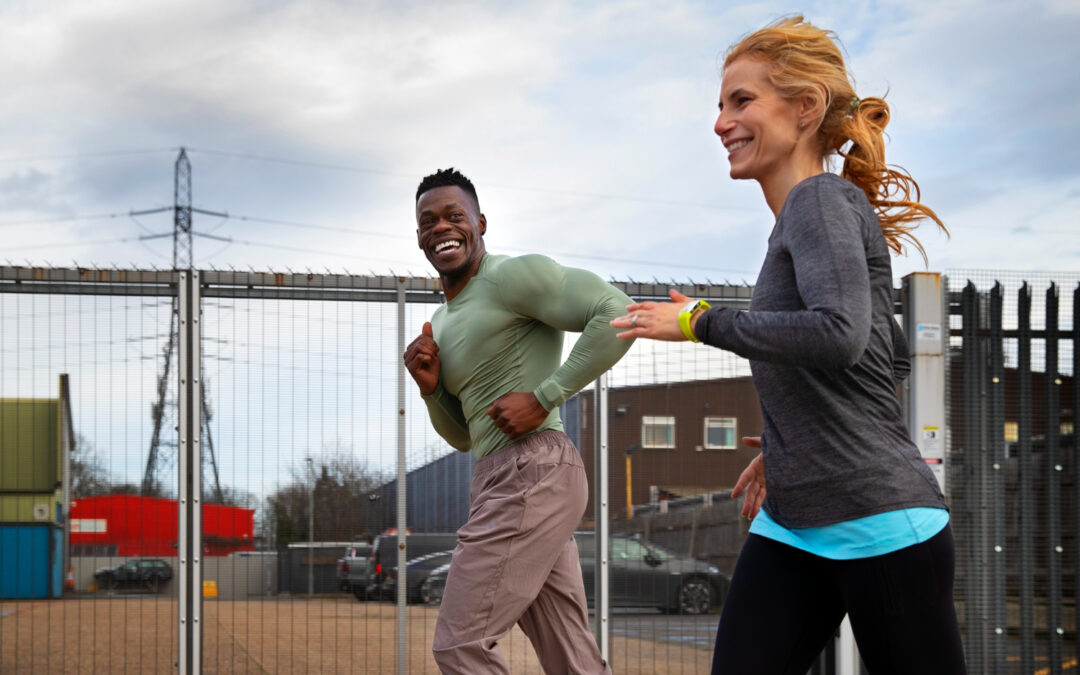The benefits of physical activity on mental health have long been studied and praised. Even just one hour a week can boost your mood and brain chemistry. With the growing popularity of ketamine treatment’s use as a tool to fight resistant depression and other mental disorders, many experts have suggested something powerful: combining movement and ketamine therapy.
Exercise, Ketamine Treatment, and Your Brain
Ketamine treatment and physical activity are complementary—with both having an impact on brain health, and by association, mental health.
Medical researchers have long been stumped as to why exercise is so good for a person’s mental health, but recently a few clues have emerged. One study even reported that an hour of exercise per week might prevent 12% of new depression cases, focusing on the benefits of modest exercise vs. vigorous movement. Exercising can boost your self-esteem, connect you with like-minded people, and boost serotonin. However, studies also report that exercise’s impact on the body’s ability to produce brain-derived neurotropic factor (BDNF) may hold the key, as working muscles release the beneficial hormone irisin.
Ketamine treatment is known to boost communication within the brain, an effect that can last for weeks after a session. However, it also enhances the body’s ability to produce and use irisin, impacting the brain just like those exercising muscles. The result is complementary, as boosted irisin levels work to treat mental health imbalances.
Why They Are Better Together
By combining ketamine treatments and regular exercise, you can further enhance the effectiveness of the treatments for many reasons. One reason physical activity complements ketamine therapy is that both boost irisin, a hormone that supports brain health by regulating mood and reducing inflammation in the brain. This hormone plays a big role in promoting neuroplasticity by helping the brain rewire itself by forming new connections.
Exercise also supports neuroplasticity by increasing the production of serotonin, dopamine, and other feel-good hormones, which ultimately helps the brain form and maintain positive connections more easily. Think of neuroplasticity like a muscle—the more you train it, the stronger and healthier the connections will become. As a result, your brain will stabilize and regulate your mood more easily while also reducing the signals of depression and anxiety.
The First Steps
We all know the role of exercise in mental health, but creating a new habit of working out can be a challenge for many. Often, when people decide to add exercise to their daily routine, they make the mistake of going all out by working out five days a week with intense activity. Instead, start small. Physical activity doesn’t have to be intense to be effective. Try a 10-minute walk or stretching three times a week.
Tie this to a habit you already have, like drinking your coffee. Walk around the block or stretch on your patio while you sip and finish your coffee.
Focus on consistency instead of intensity, and increase gradually. Maybe you start with pilates classes every Tuesday and Thursday for a month. The following month, add a Saturday morning class. Staying consistent will help you make movement a habit in the long run.
Make your exercise enjoyable, whether that means doing something fun like dancing or playing basketball. Call a friend and invite them to join you for a class or join a club at your local gym. Having someone to keep you accountable and doing activities that don’t feel like exercise can make incorporating movement a lot easier.
Aside from exercise, stay consistent with your ketamine treatments. Oftentimes, multiple sessions are needed to treat certain conditions, depending on their severity. Talk to your practitioner to see how many ketamine treatments you need for your unique situation.
What to Do After Ketamine Treatment
After you’ve completed your ketamine treatment, there are activities and practices you can pursue that will amplify the benefits—such as combining the boosts your brain receives from exercise and other mindfulness activities like meditation or crafts.
As studies suggest, combining physical activity with ketamine treatments produces an extra bump that helps your brain build and maintain the pathways necessary for good mental health. Keeping in mind your preferred means of exercise and your level of fitness, regular physical activity can benefit you in many areas of your life while decreasing depressive states.
Contact JoyDeVie Infusions
The first step towards supporting your mental health involves booking a one-on-one consultation. Support for your mind and body is available to help you live your best life. Contact JoyDeVie Infusions today!

